Among the 14 nursing sisters who crowded into the Llandovery Castle’s lifeboat on that awful June day in 1918, was a slender 39-year-old woman with a heart shaped face and deep brown eyes. Her name was Margaret Jane Fortescue. According to Fortescue family genealogist Don Edge, she was descended from a historic Canadian family. Her father was Joseph Fortescue, Chief Factor for the Hudson Bay Company at York Factory from 1872-1884. Margaret was born in York Factory in 1878, one of ten surviving children—her siblings were Matthew, Annie, Caroline, Frances, Gertrude, Charles, John, George, and Joseph. Her father died in 1899 when Margaret was just 21. Without a father to support her, she opted for the new profession of nursing, graduating from the Montreal General Hospital School of Nursing in 1905.
On April 22, 1915, Margaret enlisted with the Canadian Army Medical Corps. It was not surprising that she was assigned to No. 3 Canadian General Hospital in Camiers. No. 3 was a McGill University unit that had been mobilized on Montreal, March 5, 1915. Many of its members were drawn from those who had studied and worked in that city. The unit arrived in England on May 15 and sent to France on June 16, opening in Camiers on June 19. On January 5, 1916 it was moved to Boulogne and was there until May 19, 1919.
While Margaret was working at No. 3, she received tragic news. In 1916, one of her brothers died of tuberculosis. Perhaps that news, together with the strain of work at the busy hospital in France contributed to Margaret’s first work-related illness. In January 1917, she was suffering from bronchitis and given three weeks sick leave to England. Following this illness, she returned to No. 3 Canadian. On February 25, 1918, she was sick again with bronchitis due to “climatic conditions in France.” (She was “mentioned in despatches” in March 1918, suggesting that her commitment to her work at Camiers had been above and beyond the call of duty.) She was treated at No. 14 General Hospital in Wimereaux and then recovered at a British convalescent home at 71 Vincent Square in London and at the Canadian Red Cross Special Hospital at Buxton. Finally, on April 10, 1918, she was discharged and given a lighter assignment. She was attached to the Llandovery Castle, a hospital ship taking wounded soldiers home to Canada. On June 27, 1918, while returning to England, the ship was sunk by German submarine U-86 and all 14 of the Canadian nursing sisters on board were drowned. The sinking of this clearly marked hospital ship was a war crime. German Commander Helmut Patzig, however, managed to evade capture after the war. The only two German officers that were eventually convicted of the crime escaped on their way to prison.
Ironically, one of the other nursing sisters who died alongside Margaret Fortescue was a younger fellow graduate of the Montreal General Hospital Nursing School, Gladys Irene Sare. Both Sare and Fortescue were commemorated on a brass tablet with a border of maple leaves that was hung in the main corridor of the hospital in the 1920s. (I am not sure if it remains there today.) I will be writing about Sare in a future blog.
Subscribe to:
Post Comments (Atom)


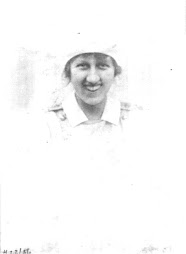

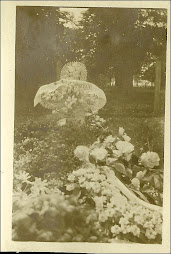


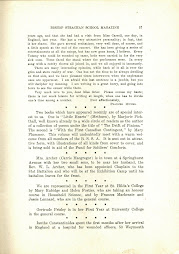
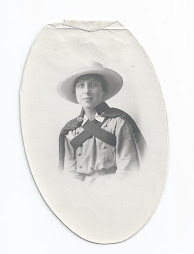

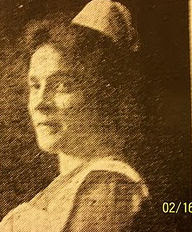

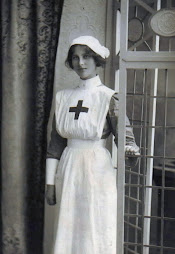
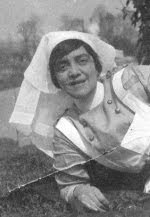
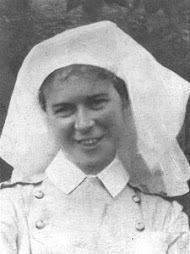



No comments:
Post a Comment